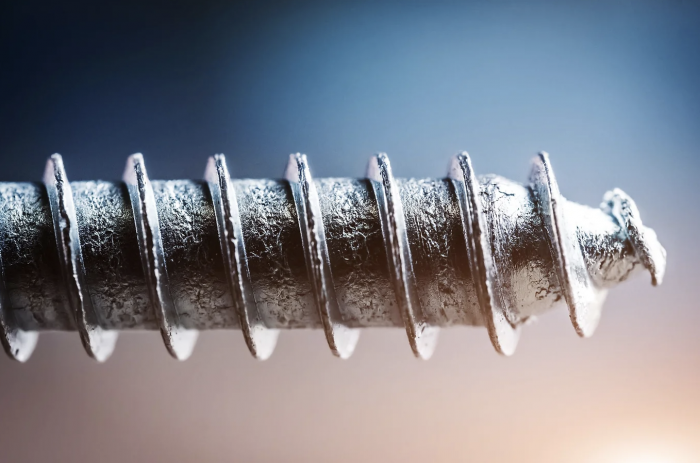Avatec: Negative side effects when machining surfaces with vibratory finishing

The term ‘side effects’ often carries a negative connotation from the outset. While this isn’t always the case, we are specifically addressing the adverse ‘side effects’ here. Let’s delve into these negative consequences.
Vibratory finishing operations can yield the desired outcomes on crucial parts of a workpiece. However, sometimes, achieving the desired result can come with unintended consequences, negatively impacting the surface finish. This phenomenon is primarily due to the holistic nature of vibratory finishing. When using centrifugal disc finishing machines, trough vibrators, or drums, it’s an all-or-nothing process. We cannot target specific corners or edges; it’s either the entire piece or none at all.
One aspect to consider is material removal and shape alterations. Material removal predominantly affects exposed areas of the workpiece. With softer materials or extended processing times, undesirable dimensional changes may arise, especially in precision-critical applications. These alterations might include overly rounded edges, corners, or deformations due to excessive force application. For instance, deliberate needle points or gear wheel tip circles may experience rounding.
Additionally, while vibratory finishing is often employed to enhance surface quality, unwanted surface roughness can occasionally emerge. This can happen when overly abrasive abrasives are used to eliminate heavy burrs. In such cases, a follow-up step with smoother abrasives may be necessary to restore or improve surface quality.
Part loss is another concern, particularly with small or thin-walled components, as they can be damaged or even completely lost within the vibratory finishing process, notably in disc centrifugal systems. Adequate process control or design adjustments can minimize these risks, even for these delicate workpieces.
Corrosion is a potential issue post-vibratory finishing, especially if workpieces aren’t adequately dried or protected. Implementing suitable corrosion protection measures within the compound can temporarily mitigate this problem.
Furthermore, abrasive residues might be deposited on the workpieces during the process, leaving behind abrasive remnants. These need to be removed through washing or medium drying after vibratory finishing to prevent any impairment to the functionality or appearance of the workpieces.
To minimize these side effects, meticulous planning of the vibratory finishing process is crucial. This involves selecting appropriate abrasives, adjusting machining parameters, and implementing effective measures for surface cleaning and preservation after completion.
For more information, please visit: https://www.avatec.de/?lang=en
News Categories
- » NEWS HOME
- » Automation & Robotics
- » Industry 4.0
- » Material Handling
- » Sensors
- » Quality & Testing
- » Machine Vision
- » Laser & Optics
- » Metalworking
- » Motion Control & Drives
- » Hydraulics & Pneumatics
- » Process Industry
- » Renewable Energy
- » Agriculture
- » Home & Office Furniture
- » Environmental Tech




